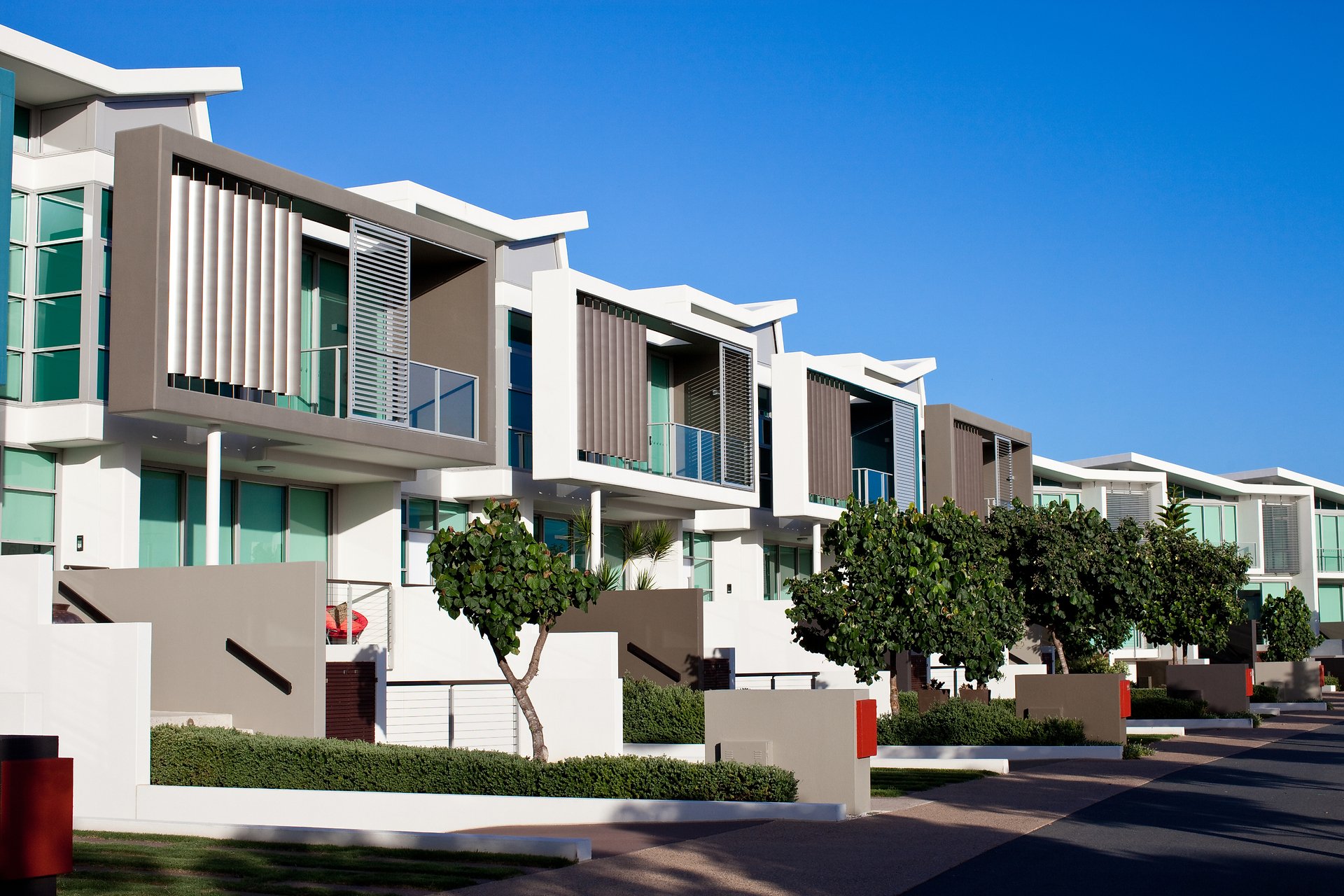Should you chase rental yield or capital growth?

Should you chase rental yield or capital growth? Capital growth and rental yield are two essential aspects of property investing that investors consider when building their investment portfolio. Here’s a summary of the differences between the two:
Rental Yield:
Rental yield is the return an investor receives on a property through rental income.
It is calculated as the annual rental income divided by the property’s value or purchase price, multiplied by 100 to get a percentage.
Gross rental yield only considers the rental income and property value, while net rental yield takes into account expenses such as maintenance, mortgage payments, insurance, etc.
Investing for rental yield provides a regular income stream and can be more predictable in terms of returns.
High-yield properties can be located in areas with lower property prices or high demand for rentals.
Capital Growth:
Capital growth, also known as capital appreciation, refers to the increase in the value of the property over time.
It is calculated as the percentage increase in the property’s value from the time of purchase.
Capital growth is more speculative and depends on various factors such as location, demand, economic conditions, and market trends.
Investing for capital growth requires a longer-term strategy, usually 5-10 years or more.
Properties with capital growth potential are often located in areas with strong demand, population growth, and development prospects.
Benefits and Drawbacks:
Investing for rental yield provides certainty in calculating potential returns, and rental income is linked to inflation, providing some level of security against economic downturns.
However, high-yield properties can carry higher risks, such as being located in less desirable areas or having higher vacancy rates.
Investing for capital growth offers the potential for significant long-term profits, especially when compounded over time.
However, there is no guarantee of growth, and market fluctuations can impact the value of the property negatively.
Properties with capital growth potential may require a larger initial investment and may have lower cash flow compared to high-yield properties.
Which Strategy to Choose?
The choice between rental yield and capital growth depends on the investor’s goals, risk appetite, and investment timeline.
Some investors may focus on high-yield properties for a regular income stream and lower risk, while others may prioritize capital growth for long-term wealth accumulation.
Combining both strategies can help create a balanced investment portfolio with steady cash flow and potential for appreciation over time.
Ultimately, investors should thoroughly research and consider various factors before deciding on the best investment strategy for their specific financial goals and circumstances. Consulting with experienced professionals like property tax accountants and financial planners can provide valuable insights and guidance in making informed decisions.